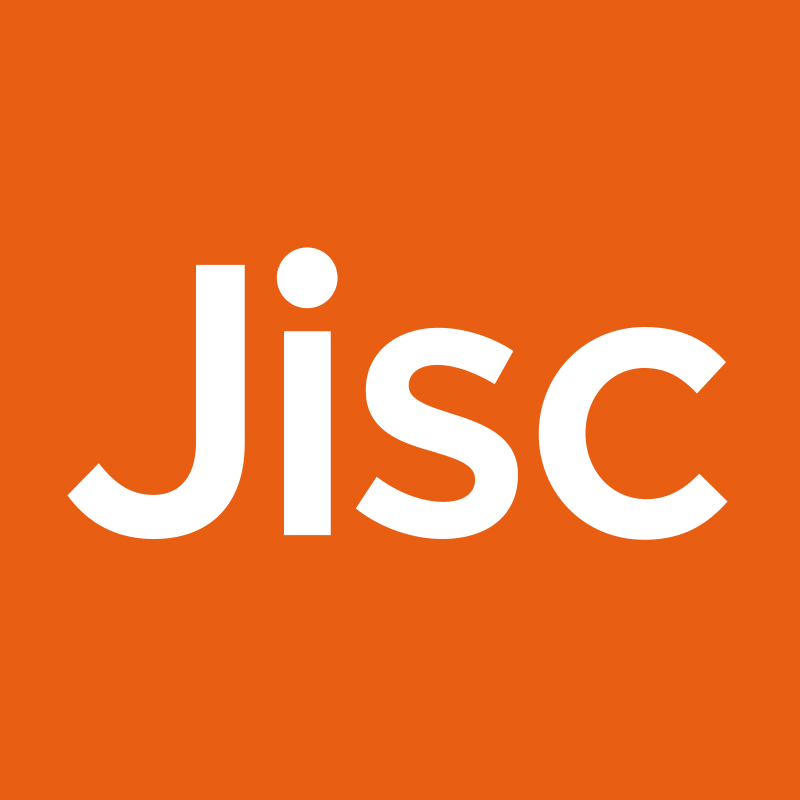(Note all the JISC Content Call is still to be signed off by the relevant JISC sub-committee)
Unlike strands A and B, Strand C will focus on existing digital content, and how it can be brought together. Specific JISC programmes have looked at this issue previously such as strand B of the JISC eContent programme for 2009-11
Projects may involve merging the metadata or technical infrastructure for related but isolated resources; developing cross-search functionality; exploiting Web2.0 methodologies such as data mash-ups to ‘cross-fertilise’ the content in existing resources.
Alternatively, proposals may concentrate on creating thematic clusters of digital resources and promoting their use (e.g. around broad themes such as history of graphic design or climate change) to relevant teaching and research communities. However, applicants should note that this is more than simply creating directories of resources; a significant amount of innovation is required.
It is expected that the resources drawn together will include different types of data (e.g. digitised resource, data sets, grey literature) and come from a variety of sources.
Many of the issues raised relating to Strand B on large-scale digitisation will also be relevant to Strand C, e.g. Usage and Institutional Support, Metadata, Impact and Evaluation.
